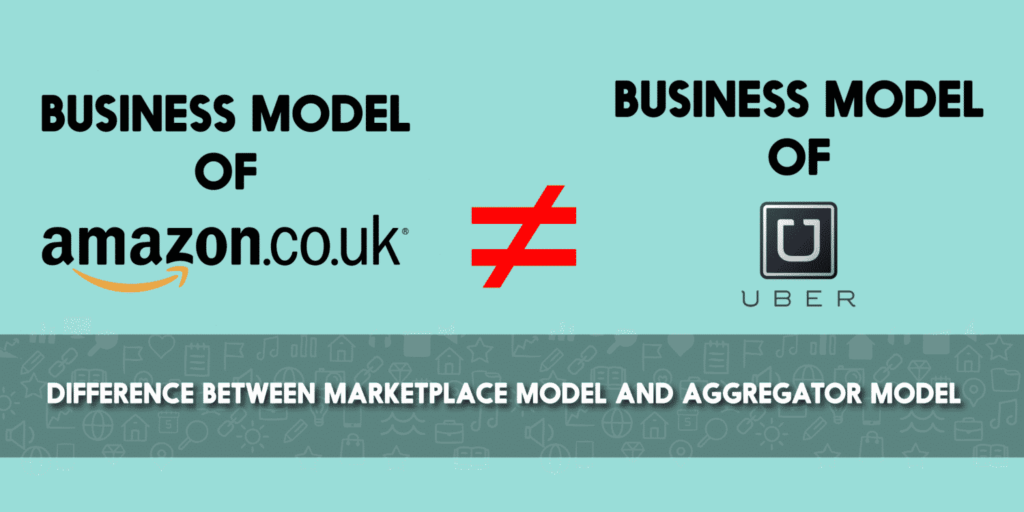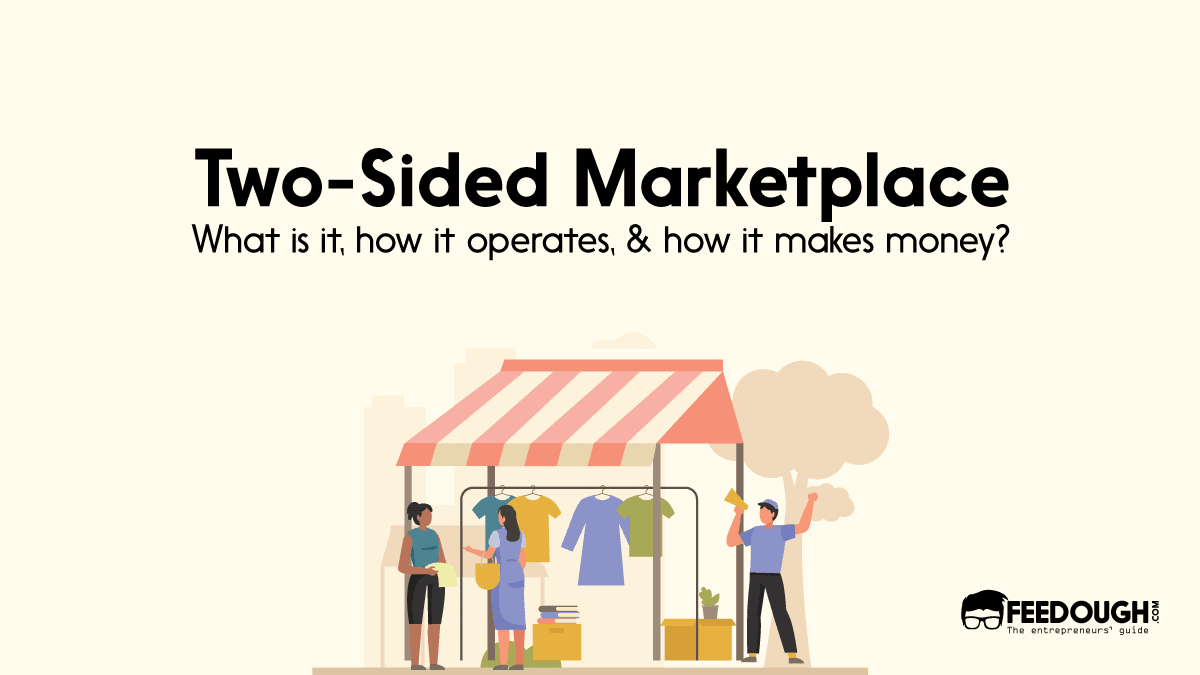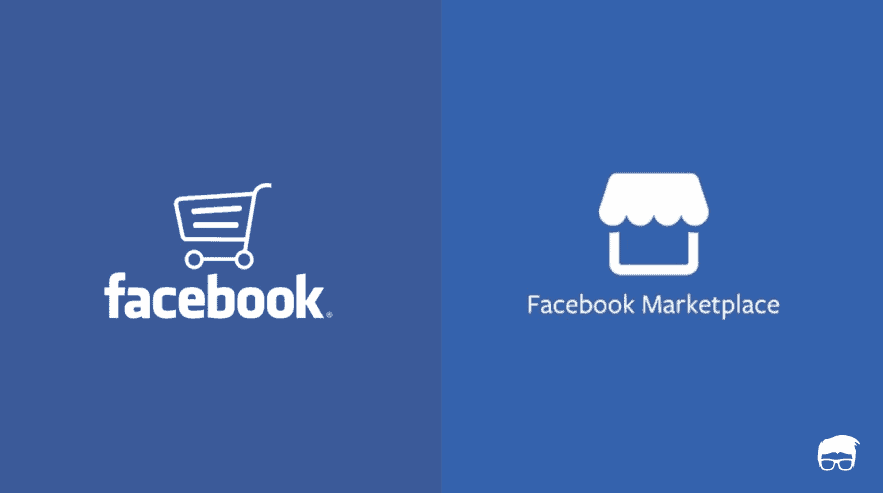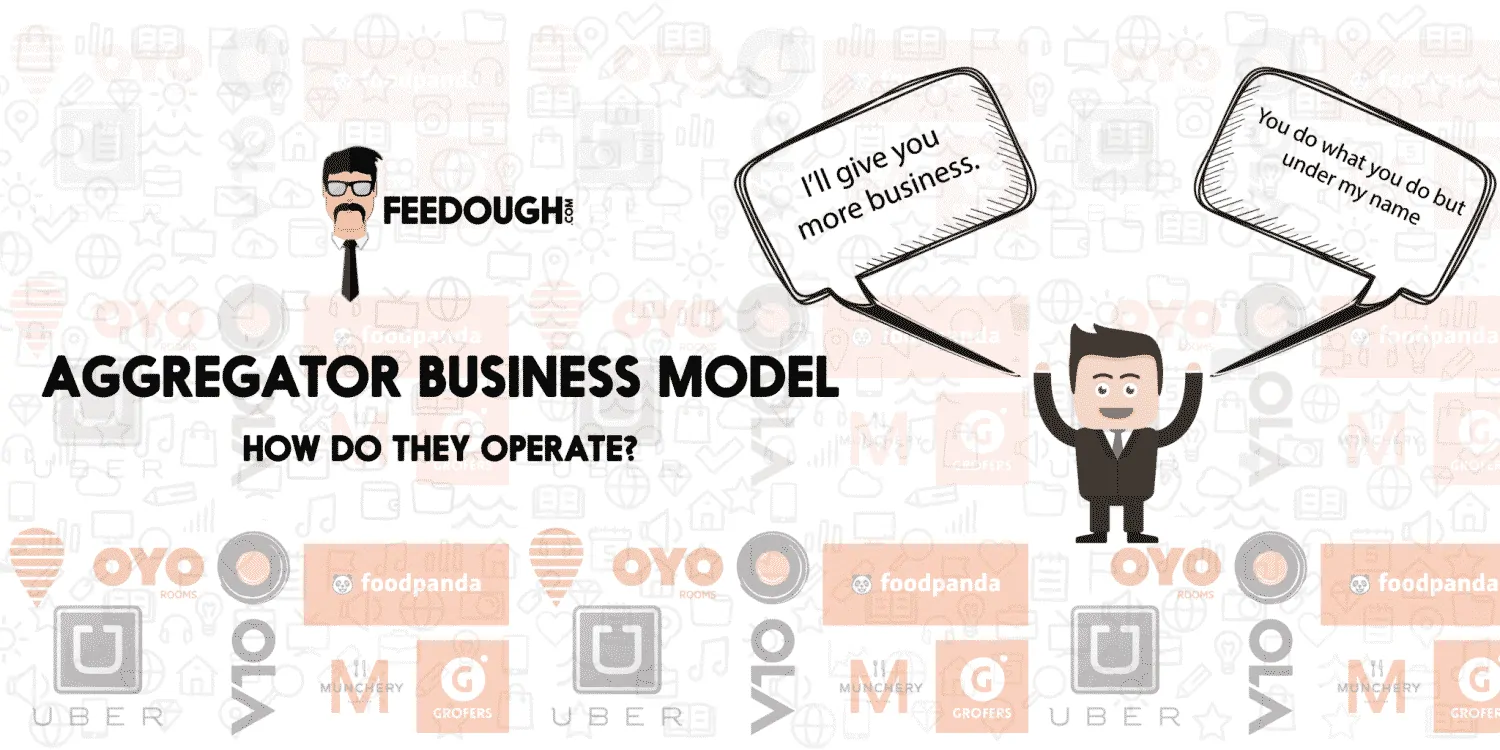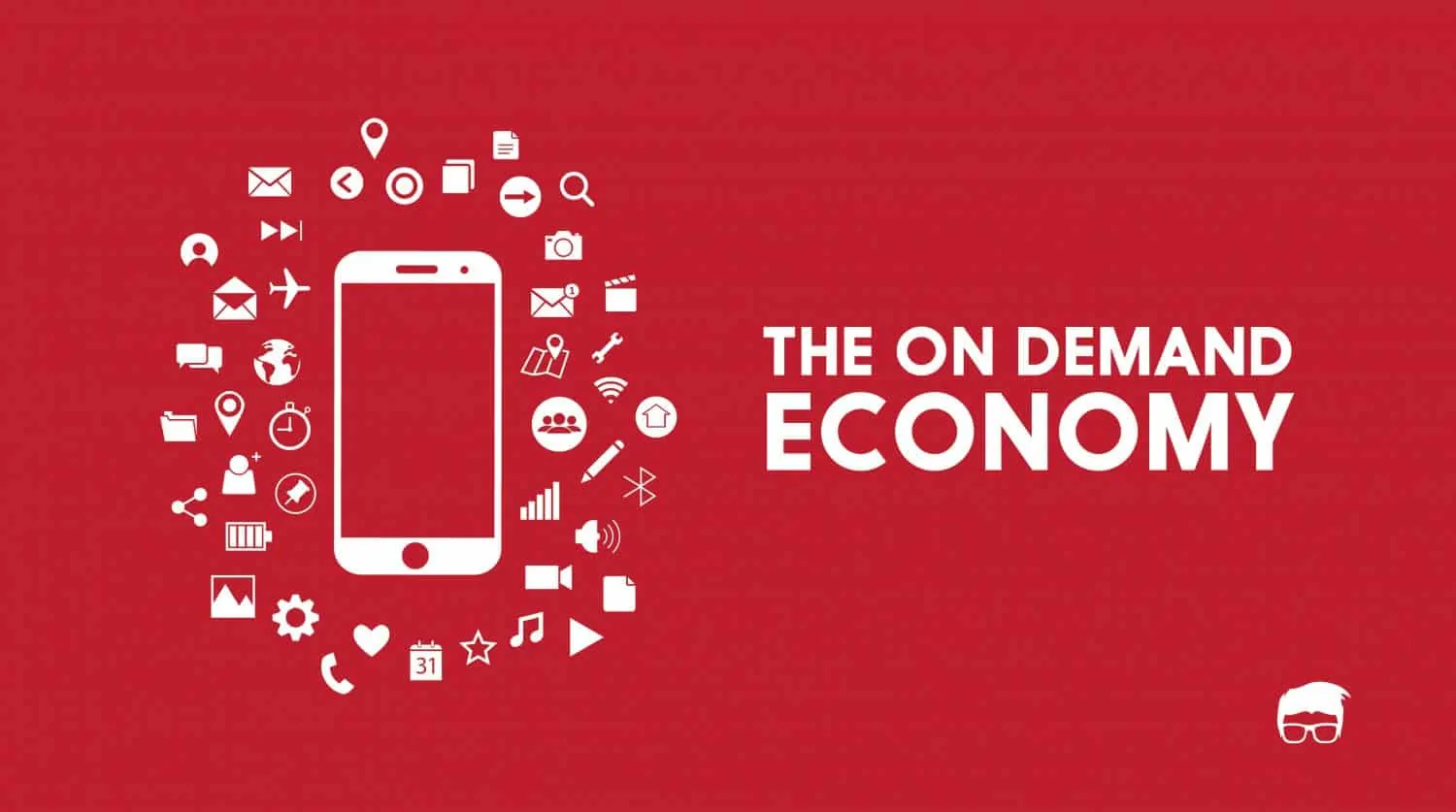Marketplace business model and aggregator business model, though very similar, have noticeable differences.
But before talking about those difference, let us first talk about what these models are.
An online marketplace is basically an eCommerce website or an application which organises the products and services offered by different sellers and sell them on its own website. The firm only acts as a mediator and doesn’t own the products or services provided. Hence, the prices are determined by the sellers themselves. Marketplace only charges a commission as it provides sellers with a platform (with a huge network) to sell. Examples of online marketplace are Amazon.com, Flipkart.com, Hotels.com, etc.
The aggregator business model usually involves organising an unorganised and populated sector like hotels, taxis, etc. and providing their service under a standard brand name. Aggregators, just like a marketplace, are big brands that provide offering under their own brand name. The sellers are their partners but, unlike marketplace, sellers don’t sell under their own name. Offerings are sold under the name of the aggregator and hence the price/price-band is determined by the aggregator. Examples of online aggregators are Uber, Ola, Oyo, Munchery, etc.
Brand Image
A marketplace has its own brand but the partners (sellers) perform their services or sell their goods under their own brand. That is, brand image of partners also matter. For example, Hind Computer Ltd. selling its products on amazon has its own brand identity and brand image.
All the partners working with aggregators perform under one brand – the aggregator’s brand.
Standardised Quality
Different partners working with a marketplace have different product qualities. It’s a marketplace for different producers serving to different customers. Similar products provided by different producers may have different qualities.
Aggregators believe in a similar and standardised quality. They see to it that the offerings provided by the partners are of similar and standardised quality. Certain teams are given duties to check on the quality provided by the partners.
Standardised Price
Since partners are responsible for deciding the prices, similar products may have different prices in the marketplace. Same product may be sold for ‘x dollars’ by one seller and ‘y dollars’ by another. User has to find the price suiting his requirements.
Aggregators decide the price themselves. Partners perform their services or sell the products on the price decided at the time of the contract.
Go On, Tell Us What You Think!
Did we miss something? Come on! Tell us what you think of this article in the comment section.
A startup consultant, digital marketer, traveller, and philomath. Aashish has worked with over 20 startups and successfully helped them ideate, raise money, and succeed. When not working, he can be found hiking, camping, and stargazing.
